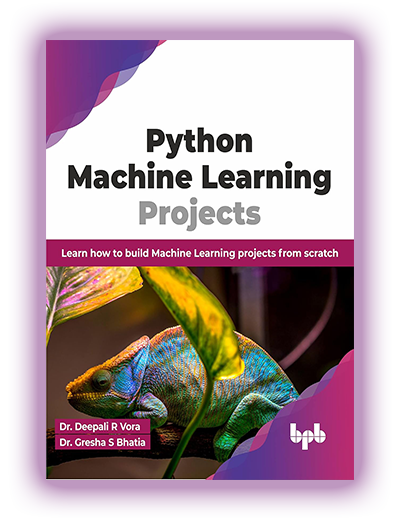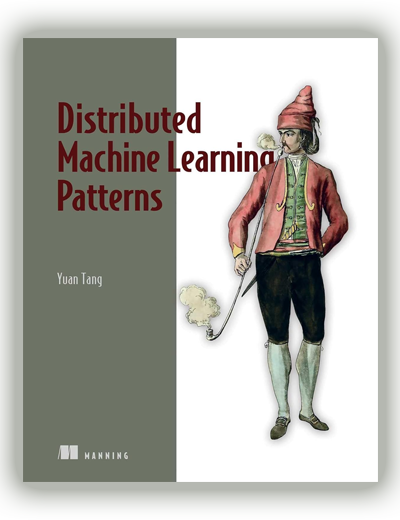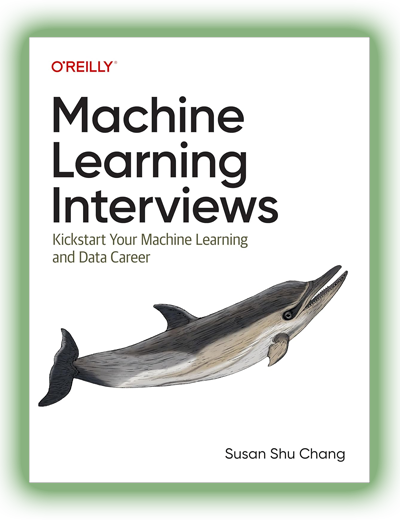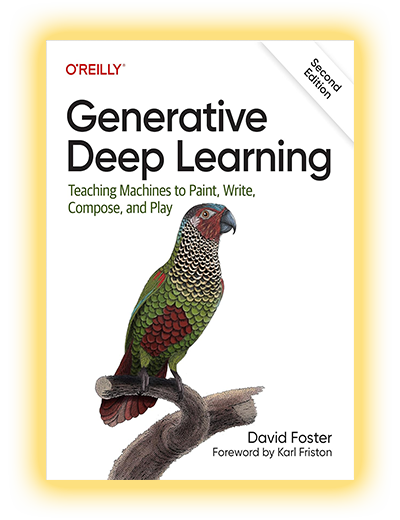I’m Sarah Bennett, a Machine Learning Developer with an M.Sc. in Artificial Intelligence from the University of Edinburgh. My career has been shaped by my fascination with learning systems - how machines can adapt, optimize, and reason under uncertainty. Since 2015, I’ve worked on AI applications ranging from predictive modeling to NLP, and from recommender systems to computer vision.
Artificial intelligence is one of the most rapidly evolving and misunderstood fields in tech. I write about AI books to help professionals and learners navigate the complexity. Whether it's understanding the math behind neural networks or exploring the ethical implications of generative models, I aim to review books that offer clarity, practical value, and intellectual depth. I focus especially on texts that bridge research with application.
Engineering Values That Guide My Daily Work
As a machine learning engineer, I believe in building intelligent systems that are ethical, explainable, and scalable. I see AI not as magic, but as applied statistics guided by purpose and impact.
- Data quality matters more than model complexity
- Always start with baseline models
- Interpretability is not optional in real-world AI
- Avoid overfitting your ambition
- Test generalization, not just performance
- Build reusable, modular ML pipelines
- Respect the social impact of your models
I Write to Save You Time, Reduce Errors, and Help You Study Effectively
- The Role of Analytics and AI in Modern Forex Software: Forecasting and Risk Management
- How to Become a Vibe Coder? Best Tips and Practices
- Vibe Coding: The AI-Driven Future of Development
- The Rise of AI-Generated Content
- How AI is Changing Trading: Technologies and Trends
- LEKT AI — Your AI Chatbot and GPT Assistant
From Research to Production: My AI Development Track
I’ve contributed to AI solutions in healthcare, finance, and edtech. My work spans prototyping, model deployment, MLOps, and post-deployment monitoring. I specialize in Python-based ML frameworks and love transforming research ideas into scalable systems.
Highlighted Projects:
- MediAI – Disease Prediction Engine. Developed deep learning models to assist radiologists in identifying early signs of lung disease from CT scans. Used PyTorch for CNN architectures, trained on curated DICOM datasets, with post-processing via Grad-CAM for explainability.
- SmartLend – Credit Scoring via ML. Designed and deployed a gradient boosting model (LightGBM) for alternative credit scoring in underbanked regions. Integrated SHAP for interpretability, and implemented model monitoring via MLflow.
- ReadwiseAI – Personalized Learning Recommender.Built a hybrid recommendation engine combining content-based filtering with BERT embeddings. Applied dimensionality reduction and clustering to deliver smart content curation in a learning platform.
- AutoAnnotate – Active Learning Annotation Tool. Created an active learning loop to minimize manual labeling for image classification tasks. Implemented uncertainty sampling strategies and retraining cycles in a Flask + React-based app.
-
BiasCheck – ML Fairness Audit Tool. Developed a diagnostic toolkit to audit ML models for demographic bias. Included metrics like disparate impact, equal
opportunity difference, and fairness-aware preprocessing techniques.
The ML Tools I Use to Turn Data into Intelligent, Real-World Systems
As a Machine Learning Developer, I focus on building models that are accurate, explainable, and ready for production. I bridge the gap between research and deployment, using Python-based ML frameworks, clean pipelines, and robust evaluation strategies. My expertise covers classical machine learning, deep learning, NLP, and model monitoring - all grounded in real-world use cases where data changes and users matter.
Below are the technologies I use to build, validate, and maintain machine learning systems end to end:
| Technology | Using Since | How I Use It in Practice |
| Python (NumPy, Pandas) | 2015 | My primary language for data manipulation, analysis, and machine learning. I use Pandas for feature engineering and data wrangling in every ML project. |
| Scikit-learn | 2016 | I use it for classical ML models (e.g., trees, regressions, clustering) and for fast baselining, pipelines, and cross-validation in production workflows. |
| PyTorch | 2017 | My go-to deep learning framework for custom neural nets, especially in NLP and computer vision projects. I write modular training loops and use torchmetrics for evaluation. |
| TensorFlow / Keras | 2016 | I use Keras when prototyping deep learning models rapidly or for integrating with TensorFlow production services like TFX and TensorBoard. |
| Hugging Face Transformers | 2019 | I use pre-trained transformer models (e.g., BERT, RoBERTa) for text classification, Q&A, and fine-tuning NLP tasks with minimal data. |
| MLflow | 2020 | I track experiments, models, metrics, and parameters. I integrate MLflow into pipelines for reproducibility and deployment versioning. |
| DVC (Data Version Control) | 2021 | I use DVC to manage dataset versions, model artifacts, and pipeline stages - keeping everything reproducible and team-friendly. |
| Docker | 2018 | I containerize ML models and serve them via REST APIs or background workers. Docker ensures consistency from training to deployment across teams. |
My recommendations for AI Beginners
- Start with "Machine Learning in Microservices" by Mohamed Abouahmed and Omar Ahmed
- Learn Python well before diving into ML libraries
- Don’t skip math: study linear algebra and probability
- Practice on real datasets (Kaggle, HuggingFace Datasets)
- Focus on problem framing, not just accuracy
- Read one research paper per week - and implement it
- Stay skeptical: challenge hype with evidence
Preparing for a Machine Learning interview? Download these comprehensive guides filled with essential interview questions and expert-approved answers, covering everything from basic concepts to advanced algorithms.
Breaking Into AI: Where to Begin in Machine Learning
What’s the best path for someone new to artificial intelligence?
Start with Python and foundational math - linear algebra, probability, and calculus. Then move into machine learning using tools like Scikit-learn and TensorFlow. Online courses are useful, but pair them with hands-on projects. Choose one domain (NLP, vision, tabular) and go deep. Also, don’t just learn how to build models - learn how to evaluate and explain them.
What distinguishes a truly great AI book?
Clarity and honesty. A great book doesn’t oversimplify, but also doesn’t drown you in equations without context. It builds understanding progressively, uses real datasets, and integrates code that you can run and extend. Books that blend theoretical grounding with practical relevance - those are rare and precious.
Should I learn AI theory before coding?
You should blend the two. Too much theory without implementation leads to shallow understanding. Too much code without theory leads to black-box thinking. Tackle projects and pause to dig into the math as needed. If you understand why an optimizer works, you’ll use it better - and debug it when it fails.
What’s your advice on building a real ML project from scratch?
Start with a clear problem and a clean dataset. Don’t jump into neural networks - build a baseline model, evaluate thoroughly, then iterate. Think about deployment from day one. Use version control for both data and code. Focus on interpretability and fairness if your model makes high-stakes decisions. Production AI is 70% engineering.
How do you stay up to date in such a fast-moving field?
I read arXiv daily digests, follow ML leaders on Twitter/X, and subscribe to newsletters like The Batch and Import AI. I also attend conferences (NeurIPS, ACL, ICML) virtually and regularly test out new tools and model architectures in side projects. Staying current means actively engaging with the research and implementation community.




